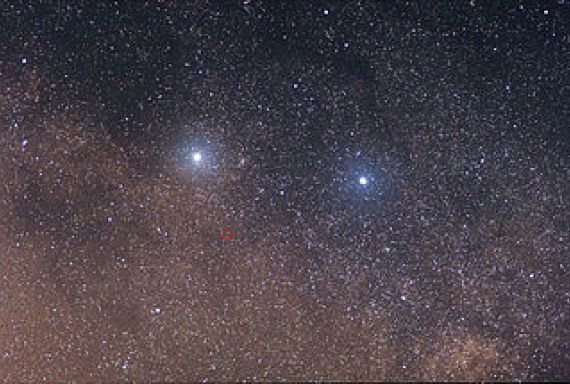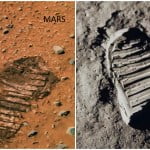
The closest star to our Solar System is Alpha Centauri and NASA has set its next goal for alien life search right there. Only, its mission is planned to happen in 2069 and make humankind interstellar species.
NASA has an intention to bring humans to the Moon once again. Moreover, the space agency also intends to do something it never managed to – a manned mission to Mars.
When these two events happen, its next plan is to turn humankind into an interstellar species.
The newest mission on board still doesn’t have a particular name. Also, the technology that we need to complete this task is still to be invented.
The calculated launch date would match with the anniversary of the arrival of mankind to the Moon.
Scientists say that we will need such a spacecraft that would need to travel at a minimum of 10 percent of the speed of light so we get there.
The Alpha Centauri constellation is located 4.4 light-years away from Earth. Thus, even if we reach one-tenth of the speed of light, we would still travel whole 44 years to get there.
For the mankind to become interstellar species and colonize other planets, we need to generate an affordable yet effective technology.
Therefore, it is obvious why we need an improvement in our technology field.
As New Scientist reports, NASA has in mind to send miniature laser-powered probes. They would move around a quarter of the light speed. Other considerations involve nuclear reactions or crashes of antimatter and matter.
Probably, the best plan to get to Alpha Centauri is to develop a technology to take us to Mars.
Getting to the Red Planet by building a transport operation between the two planets could be as an offset for additional technology. Not to mention it would make going to Mars a routine.
According to Newsweek, the 2069’s mission of NASA will visit Proxima B, a recently discovered Earth-like planet.
And probably, the best plan to get to Alpha Centauri is to develop a technology that can take us quickly to Mars.

Getting to the Red Planet by building a transport operation between the two planets could be as an offset for additional technology. Not to mention it would make going to Mars a routine.
Weirdly, the manager of the Innovation Foundry at NASA’s Jet Propulsion Laboratory, Anthony Freeman labeled the project “very nebulous.”
Proxima Centauri B is an exoplanet revolving around the livable area of the closest star to the Sun, the red dwarf star Proxima Centauri.
Many experts were calling this planet as Earth’s twin. It locates 4.2 light-years from Earth, which makes it the closest exoplanet to the Solar System.
On the other hand, the only craft that has approached interstellar space is Voyager-1, which is currently moving with less than 1 percent of the light speed of life.
IF Voyager-1 was able to travel at 10 percent of the light speed, it would arrive in Alpha Centauri in about 44 years.









